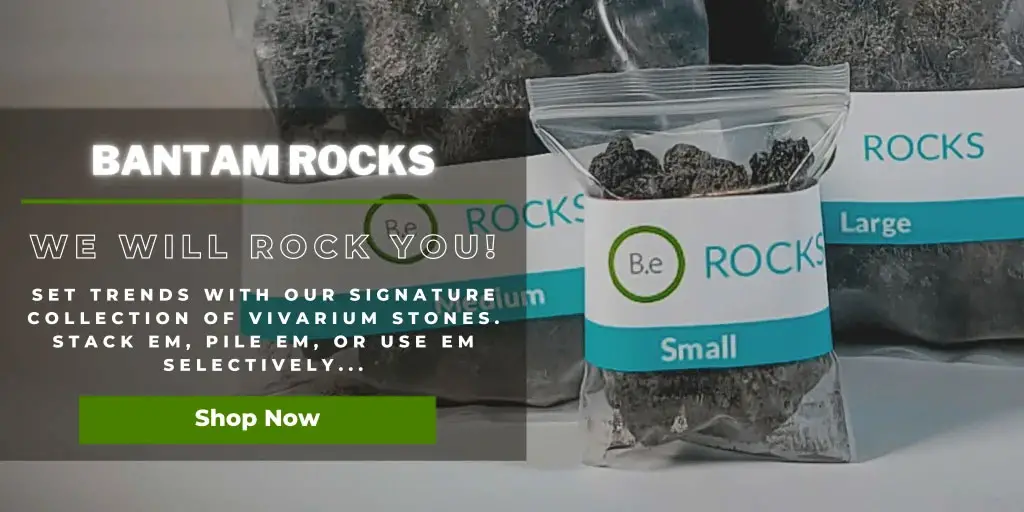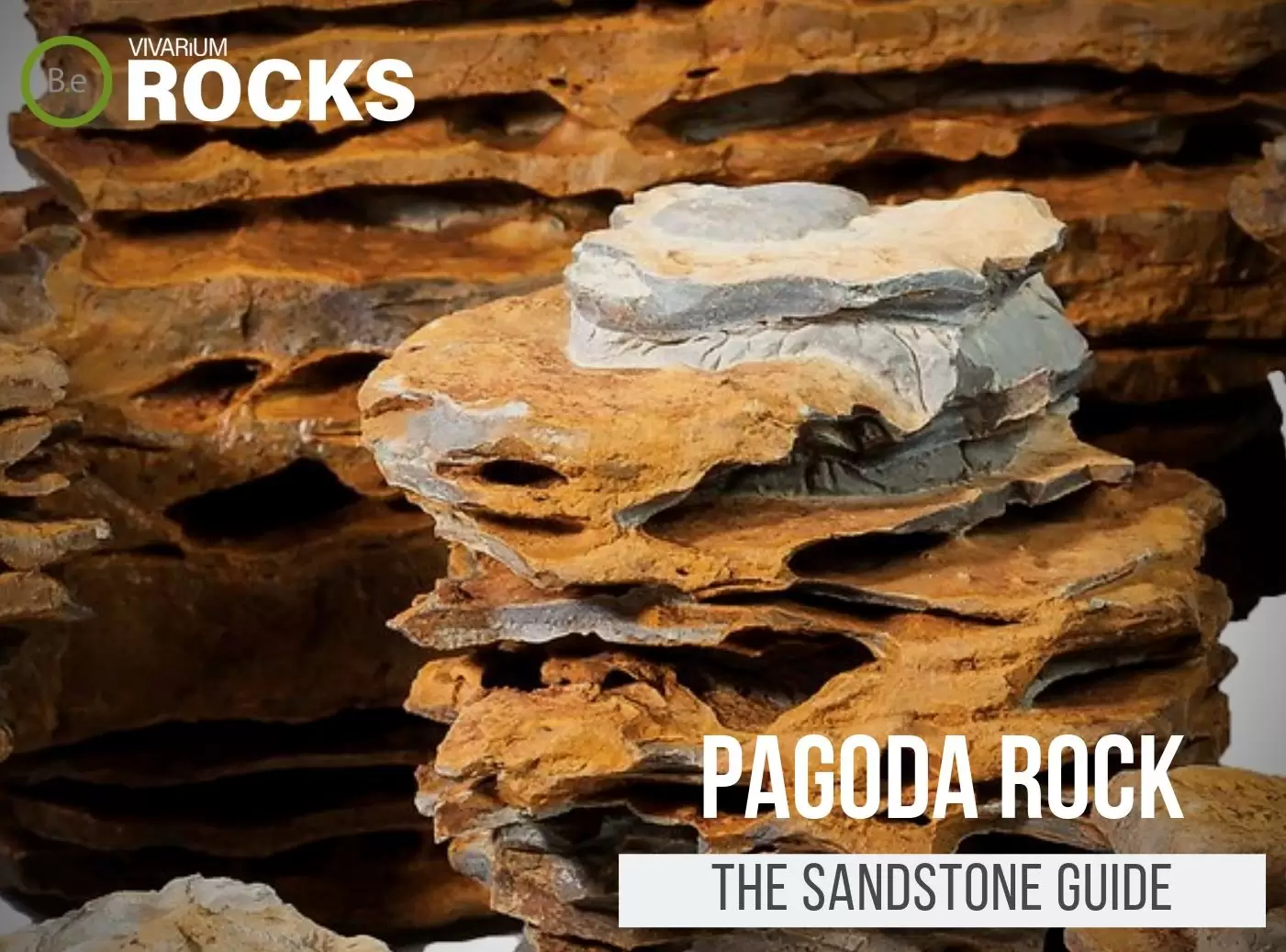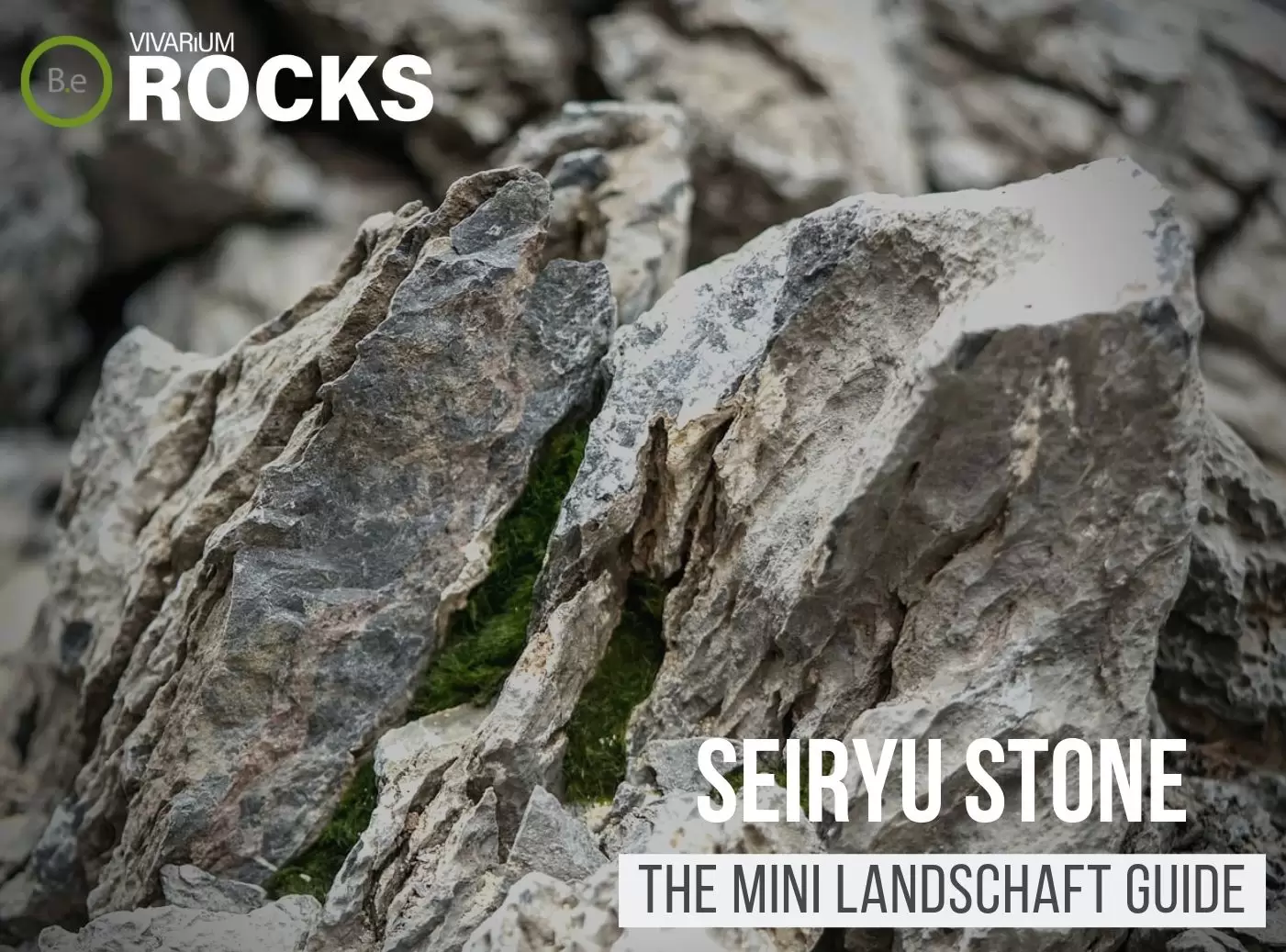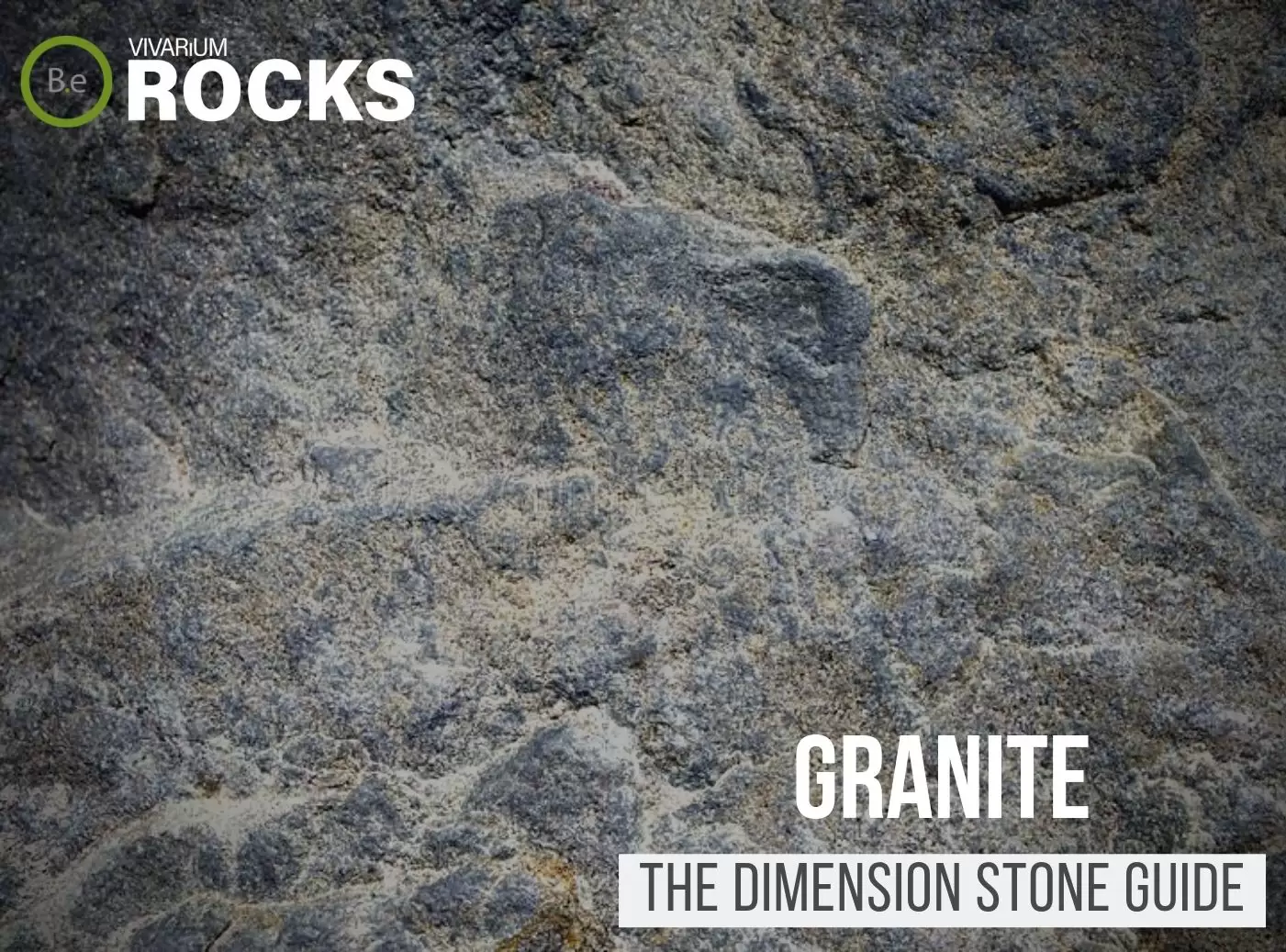With the many variations of cooled magma found in nature, Obsidian Rock is by far one of the most remarkable.
This stone is very useful in some industries today.
Having it in a tank may not be as common a practice as other types of vivarium rocks but it does seem to be growing in popularity.
This article will act as a reference guide to unique Lava Rock and aim to provide insight into its use in aquascaping.
| Quick Stats: | |
|---|---|
| Traditional Name | Obsidian |
| Common Names | Volcanic Glass, Apache Tears, Glassy Lava, Obsidianite |
| Origin | Lava Flow, Igneous Dike |
| Habitat | Islands, Ocean, Volcanic Vents |
| Color | Black, Dark Green |
| Density (g/cm3) | 2.55g |
| Hardness | 5.5 |
| PH Impact | Neutral (No Effect) |
| Elemental Type | Extrusive Igneous Rock (Silica) |
Table Of Contents:
ToggleWhat Is Obsidian Rock?
Obsidian is an igneous rock that forms from cooled magma.
Often referred to as volcanic glass, this stone is transparent and can be created beneath the earth’s crust as well as above it.
This kind of Lava Rock differs in form from the other types by the fact it only forms when flowing magma cools down extremely fast.


Obsidian Rock Facts
Obsidian is listed as an extrusive igneous rock because it is composed of small fine-grained minerals with very little crystallization.
Even though the majority of the stones found are made above the earth’s surface, they can also form underground like intrusive igneous rocks such as Granite.
This rock is a glassy, translucent stone often referred to as nature’s glass due to its naturally occurring appearance.
When small, gravel-sized Obsidian forms in nature, it is then referred to as Obsidianite or Apache Tears.
Almost 70% of this rock is made of Silica which is a hard, colorless compound of silicon and oxygen.
Description
Obsidian is a very smooth textured rock due to the rapid formation of fine-grained minerals.
Unlike course-grained igneous rocks, it forms too fast for crystallization to take place.
On occasion, minerals will begin to crystallize randomly across the surface of some stones.
The process produces a visible effect that makes Obsidian appear to have tiny snowflakes embedded throughout the rock.
Colors vary greatly with Obsidian Rocks.
The most common color found in this stone is black due to the many micro inclusions and crystals caught in it during formation.
Oftentimes, when oxidized iron minerals are mixed in with the rock it will be either brown or red.
On rare occasions, Obsidian Rock can produce results in the colors blue, green, and even orange or yellow.
It is also very common to find various colors swirled together throughout the stone.
A combination of black and brown swirled in a particular rock is often called Mahogany Obsidian.
Obsidian has a translucent composition and appears to look like pure glass.
There are no vesicular pores like other Lava Rocks that will typically exhibit and this will cause the stone to have a slightly higher density.
The average weight of Obsidian Rock will range between 2.55 to 2.65 grams per cubic centimeter.
On a hardness scale, this type of stone is 5.5 making it as delicate as the common glass we use today.
Habitat
Like all extrusive igneous rocks, Obsidian is found near active volcano sites.
When melted magma makes contact with oceanic water it usually cools quickly enough to form Obsidian Rocks.
Another place this stone will form is underground volcanic vents.
When this happens, it usually produces more desirable results with far fewer impurities due to the location.
These rocks can also form mid-air during violent volcanic erupts causing pieces of this type of Lava Rock to project far from volcanoes and scatter across a given land.
Environmental Influence
Obsidian is an inert rock that doesn’t have an impact on water parameters.
This makes it a good choice for all aquariums because it will not cause the pH to go up or down.
Furthermore, it won’t influence the water hardness either.
This particular rock is so smooth and without much porosity that it doesn’t give much surface space for bacteria.
The hard, glassy rock will provide little to no influence on the environment, which might be a good or bad thing depending on the intended use of the rock.
Vivarium Preference
When using Obsidian in a vivarium, small polished pieces are safer to use in the form of gravel on the substrate layer.
This inert stone can go in both saltwater tanks as well as freshwater since it won’t buffer pH in either direction.
Larger parts can be used as a hardscape but make sure all sharp edges are polished out.
Various colors will contrast well with plants and light-colored sands.
My preference for vivarium types is tropical terrariums and paludariums where the volcanic glass can be placed securely above water.
Advantages
Besides visual appearance, Obsidian is a great natural alternative for dark-colored gravel in aquariums.
When polished, these rocks will last the life of the enclosure and can be rinsed and reused all over again.
Oftentimes, this gemstone can be acquired attached to larger conglomerates making an interesting mix to use as a hardscape.
Being an inert stone also allows it to safely be used in both soft and hard water setups.
Disadvantages
Obsidian is an extremely fine-grained rock that breaks into fractures.
This could mean trouble for inhabitants when sharp edges aren’t safely filled down.
Furthermore, polishing fragile glass can be difficult for hobbyists when proper tools aren’t used effectively.
I will list a few recommendations on what tools are best to use further down this guide.
Use caution with inhabitants and pieces of Obsidian small enough to swallow.
Animals cannot digest this stone and the chances of it getting lodged in their mouth or throat will increase with smaller pebbles.
Buy Obsidian Rock
Obsidian Rock is an extremely popular stone to buy due to its use in medicalization, pottery, and jewelry as a gemstone.
This rock can be bought as untreated pieces as well as polished gravel.
Click the image below to find out more about the current price and other relative info:
Obsidian Rock Recommendations
Here are a few more useful tips when working with Obsidian Rock for the first time.
Inspect the stones to confirm the intended type of Lava Rock has been acquired.
Based on the color as well as the sturdiness of the stone, you should be able to identify possible unwanted minerals hitchhiking along with the supply.
Before placing any type of Lava Rock in an acidic vivarium, always do a quick alkaline test to ensure there are no possibly toxic minerals contained within the rock.
As usual, clean the Obsidian Rock to remove access dust or loose particles from the surface.
Cleaning Obsidian Rock
In some cases, newly acquired raw Obsidian will need slight preparation before going into a vivarium.
This will matter more for all types of enclosures including both aquariums as well as terrariums.
Begin by placing stones in a bucket of cold water.
Rinse the stone thoroughly in another bucket.
Use a brush or rag to scrub the surface of the rock.
Repeat this process until you can place stones in a clean bucket of water and observe no noticeable change in color or dust.
Be careful with sharp edges when handling the rock. It is volcanic glass after all.
Breaking Obsidian Rock
Obsidian Rock has a hardness level of 5.5 making it easy to scratch and break.
Since it’s such a fragile rock with a composition identical to glass, simply bashing it with a hammer or attempting to chisel it can be dangerous.
I’d recommend working with pieces small enough to polish.
Use sandpaper and a rock tumbler for polishing.
Polish off sharp edges or the entire rock until the desired look is accomplished.
Rocks Similar To Obsidian Rock
When designing a new enclosure for the first time, it would be best to stick with one type of stone to use as a hardscape.
Furthermore, this type of rock can be hard to come by depending on where you are located in the world.
If for any reason, you find Obsidian difficult to acquire or simply want to consider something different…
There are a wide variety of stones to consider.
Here are some other types of stones one might find are worth taking a look at in the place of Obsidian Rocks:
Conclusion
Above all, Obsidian is an astonishing vivarium rock to work with.
I prefer using this rock as gravel or attached to larger stones as a conglomerate hardscape.
It can be dangerous to work with but with proper protocol, it can prove worthy even for beginners.
Now that you have a better understanding of Obsidian Rocks, what is your overall opinion of their use in a vivarium?
Do you use gemstones similar to this currently in an aquarium for aquascaping?






